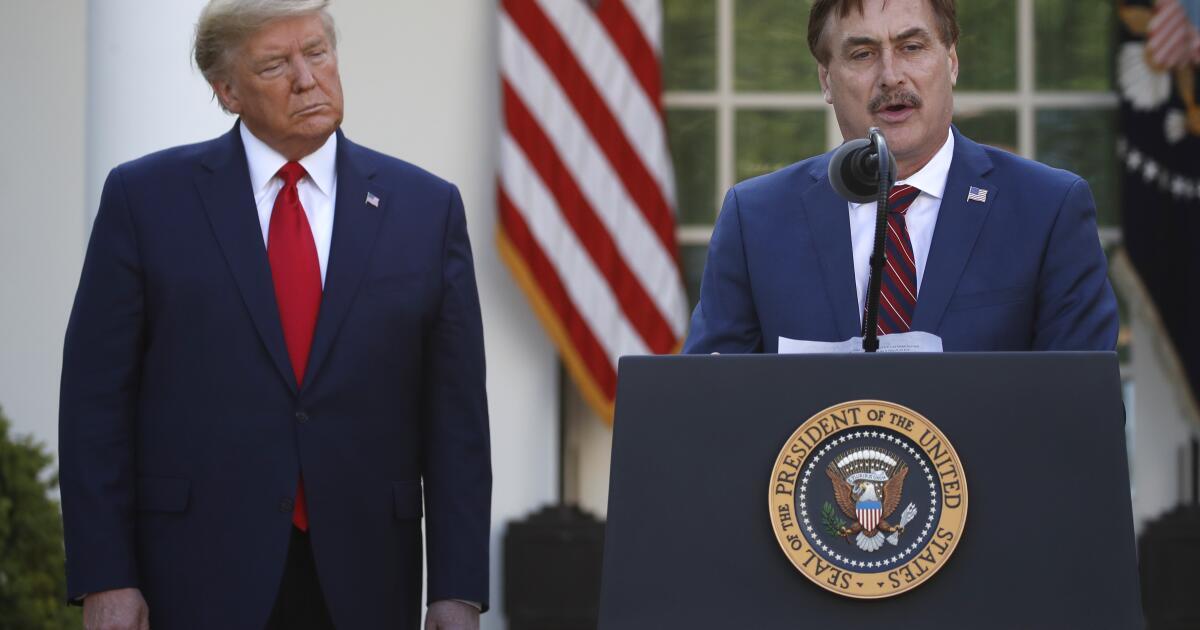The decision of the European Central Bank to stop the cuts arrives at a fundamental time for the Eurozone. After eight consecutive reductions since last summer, the ECB chose to leave its key deposit rate without 2%changes, marking a temporary detention to its most aggressive flexibility cycle since the financial crisis of 2008. The markets barely shuddered, because this pause already had a price.
But under the surface, merchants and policy formulators are preparing so that the next geopolitical shoe falls.
In the heart of the caution of the ECB there is a threat away from the reach of Frankfurt: the imminent tariffs of President Trump. The Temporary White House Pause on the EU commercial penalties will expire on August 1, with a 30% basal rate that hangs on European exports. While negotiators on both sides rush to reach a commitment, potentially cutting that 15%figure, uncertainty remains high. And that is precisely the problem.
Why the markets shrugged, and why they could not for long
The response of the silenced market to the rate decision of Thursday masks a deeper fragility. European actions barely moved, and bond yields were largely stable. Investors had long anticipated that the ECB would delay their decrease rhythm after inflation returned to the 2% target in June. But beyond this mechanical reaction is a more complicated question: can the ECB allow you to stop cutting?
According to the current market price, the answer is no. Futures suggest at least one more cut this year, possibly taking the deposit rate to 1.75% or even 1.5%. The reason is direct: if commercial tensions rekindle or the euro is further strengthened, inflation could be submerged below the objective, which returns to action.
A shield, not a surrender
Critically, this pause should not be confused with complacency. Rather, it reflects a strategic shield against policy failures in an uncertain environment. The ECB has bought time to evaluate two critical variables: the result of the commercial conversations of the United EU-states and the effects downstream of the fiscal stimulus, particularly the aggressive infrastructure and defense of Germany.
In fact, one of the winding winds underestimated for the Eurozone this year has been the front load. European companies, anticipating higher tariffs, have hurried shipments to the United States, artificially inflating GDP impressions and Q2. But this is unsustainable.
If a 15%tariff agreement is reached, the growth could be cut by 0.3%, according to Capital Economics, and Germany weighs export faces the greatest shock. If Brussels take reprisals, a scenario that still does not have a price in the markets, growth drag could be even deeper, and inflation risks would balance both ways.
The strength of the euro: a mixed blessing
Another complication for the ECB is the euro itself. Almost 14% compared to the year to date, the currency strength is demonstrating a double -edged sword. On the one hand, he points out the global trust in the macro stability of Europe. On the other hand, export competitiveness undermines and suppresses import prices, with regard to inflation.
If the euro continues to gather, wait for a renewed pressure from Dovish. Rate cuts tend to weaken a currency by reducing performance differentials, and ECB officials may need to rely on this channel to avoid greater inflation.
A story of two central banks
The divergence between the ECB and the Federal Reserve is also becoming more pronounced and politically charged. While the ECB has moved decisively to loosen politics, the Fed has taken a more cautious position. The markets currently assign a 60% probability of a September cut due to the Fed data, per CME). But with Trump's commercial policies that act as a destabilizing force worldwide, Powell can soon be found in the same reactive position as Christine Lagarde.
Conclusion: the pause that is tense
The ECB pause is not a pivot. It is a recalibration. But in the context of the tariff binkmanship, the force of the currency and the strategies of the divergent central banks, this moment of stillness can soon give way to the renewed action. For now, markets are in waiting and seeing mode. But as August 1 is approaching, the ECB can find that its hand is forced once again, this time not due to inflation data, but by geopolitics.












